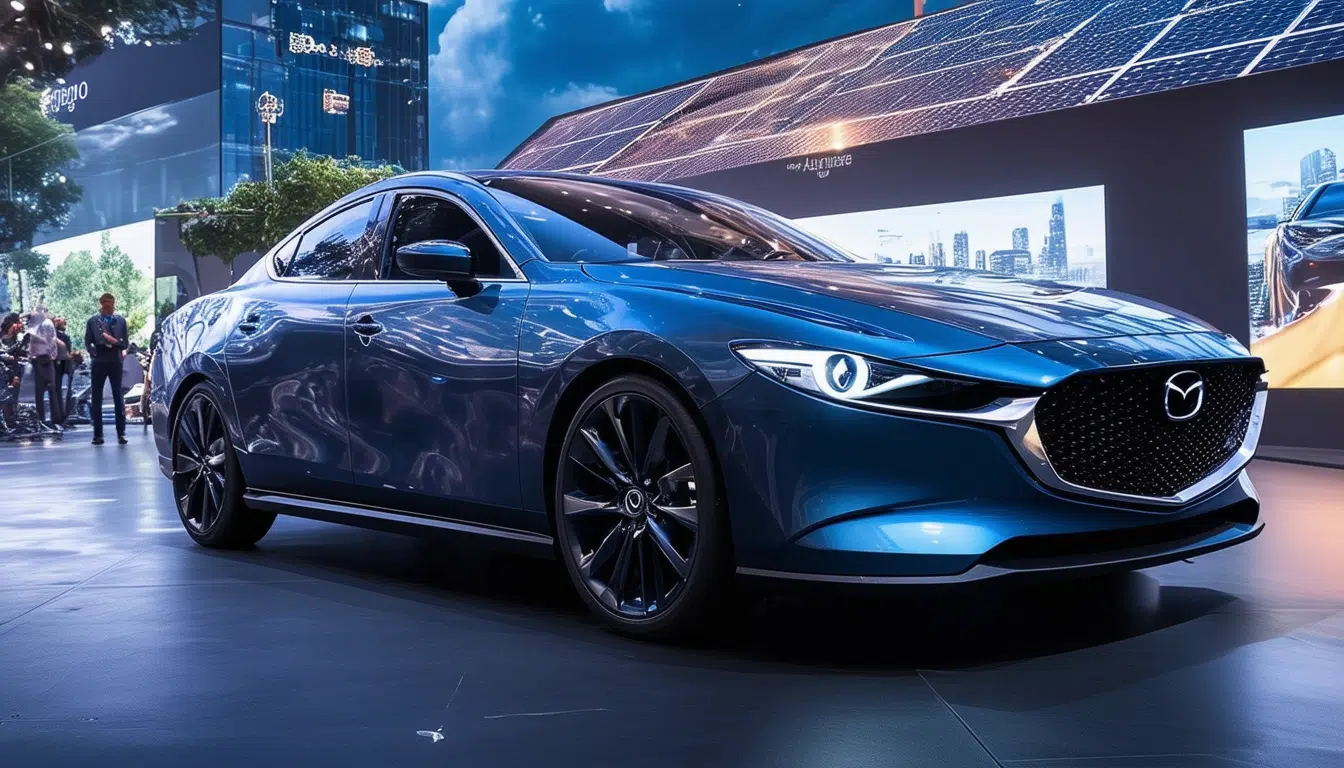El fin del downsizing: Mazda revela un motor innovador que desafía las normas de la industria

In a car world where downsizing seemed the only way to meet strict emission and consumption regulations, Mazda has surprised everyone with an innovative engine that challenges this dominant trend. This revelation marks a turning point in the industry, showing that it is possible to balance power and efficiency without yielding to the displacement reduction promoted by downsizing. With this new approach, Mazda reaffirms its commitment to quality engineering and innovation, reinforcing its unique stance in the global market.
In an unexpected turn against automotive industry trends, Mazda has unveiled a revolutionary engine that defies the downsizing norm. While many brands opted to reduce the size of their engines to comply with emission regulations, Mazda has chosen to go against the current with its new four-cylinder engine, demonstrating that a larger engine size does not necessarily mean higher fuel consumption.
The Promise of Downsizing
At its inception, downsizing was seen as the promising solution to reduce emissions and fuel consumption without sacrificing performance. This practice became a norm in the automotive industry, mainly in gasoline engines. The reduction of cylinders and the use of turbochargers were implemented in search of efficiency.
Brands embraced this trend, often reducing the number of cylinders in their engines to three, and supplementing them with devices like intercoolers and direct injections. However, the result in terms of weight reduction was minimal, and the number of breakdowns in downsizing models increased, affecting consumer confidence.
Mazda’s Bold Response
Mazda has always maintained a critical position regarding downsizing, opting for what they call “rightsizing”. They have developed a new four-cylinder engine that challenges industry conventions, demonstrating that not only can robust performance be maintained, but efficient consumption as well. This new 2.5-liter engine, used in the Mazda3 and CX-30 models, offers a power output of 140 HP and the surprising displacement characteristic of a six-cylinder engine, but with the consumption of a diesel.
Betting on Displacement
Mazda’s approach to its engines goes beyond simple efficiency improvements. The 2.5 liters used in this new engine are designed for a constant torque curve, from idle to high revs, something that smaller displacement turbo engines cannot match. This meticulous design provides a smoother and more enjoyable driving experience.
The heart of its innovation lies in an electric motor that replaces the traditional starter motor. Equipped with a 24 V system, it improves power delivery and allows for cylinder deactivation when cruising at a constant speed, resulting in an even more notable reduction in consumption.
Advantages in Technological Revolution
Mazda has shown that a larger displacement does not mean high fuel consumption. Paradoxically, one of the most notable achievements of this engine is that it practically eliminates the need for a particulate filter, which is offered in most vehicles with similar engines. By eliminating superfluous components, Mazda saves customers extra maintenance and worries.
While other brands are forced to revert to configurations of four or six cylinders and adopt electrification, Mazda offers a tangible and efficient alternative. This bold and innovative approach by the Japanese brand underscores its commitment to efficiency without compromising reliability, marking a milestone in the automotive industry.
For more impressive innovations in the world of engines, do not miss this article dedicated to Porsche.
The Return of Displacement: Mazda Challenges Trends
In the current automotive landscape, where downsizing engines seemed to be the undisputed norm, Mazda has taken a path that challenges that convention. By rejecting the downsizing trend, the Japanese brand bets on engineering at its highest expression with the introduction of an engine that not only maintains traditional displacement but uses it to gain advantages in terms of efficiency and performance.
This bold move by Mazda demonstrates that increasing displacement is not necessarily related to higher fuel consumption. On the contrary, by offering larger displacement engines that still comply with the stringent current emission regulations, Mazda shows that it is possible to achieve a precise balance between power, fuel consumption, and durability. This approach is a testament to the company’s philosophy of not blindly following trends, but rather creating solutions that truly benefit consumers.
Mazda’s innovation is based on the concept of “rightsizing”, where the company seeks an optimal balance in engine design, ensuring that they not only comply with current regulations but also meet drivers’ expectations regarding performance and efficiency. By integrating technologies such as cylinder deactivation at constant speeds, Mazda continues to demonstrate that a well-designed large engine can be just as efficient, if not more so, than smaller turbocharged options.
At a time when many manufacturers are migrating towards electric and hybrid solutions, Mazda’s decision to pursue perfection in the internal combustion engine demonstrates both a profound respect for tradition and a commitment to innovation. This innovative engine could very well mark a turning point in how we perceive what true efficiency and performance mean in the automotive world.



